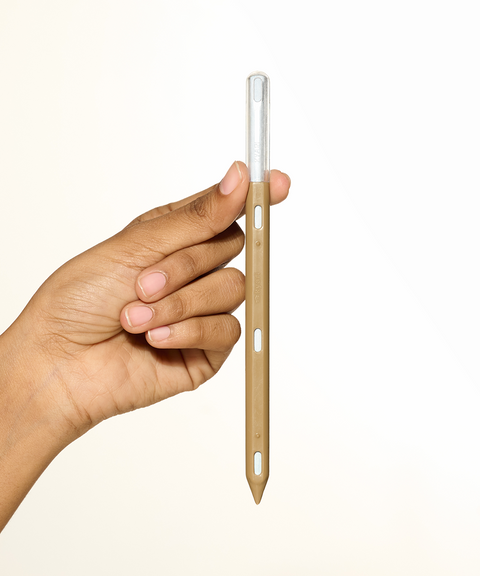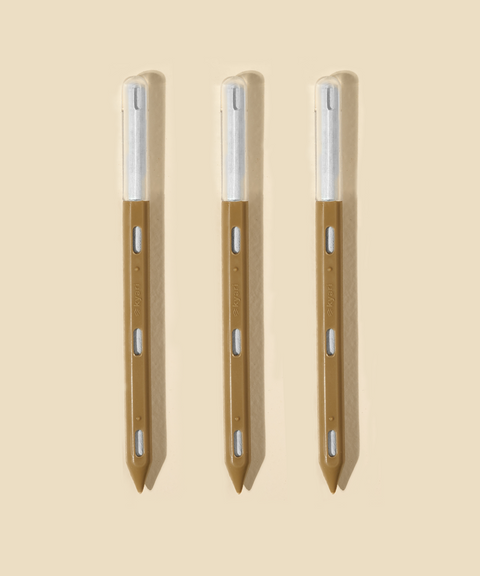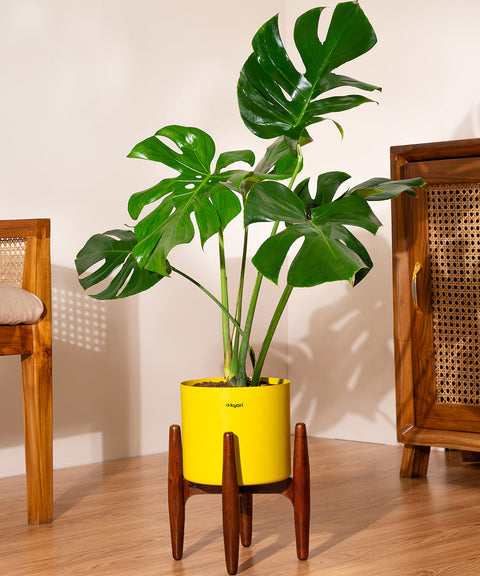About
Peacock Plant
The Peacock Plant, known for its strikingly patterned foliage resembling peacock feathers, is a captivating addition to any indoor garden. This plant's unique and vibrant leaves make it a standout choice for plant enthusiasts seeking to add a touch of the exotic to their space
Origin
Native to tropical regions of Brazil.
Light
Prefers bright indirect light. Direct sunlight can cause the leaves to fade or burn. Peacock Plants thrive in well-lit areas but should be kept out of harsh direct sunlight to maintain their vibrant leaf patterns. Water: Water when the top inch of soil feels dry. Peacock Plants prefer consistently moist soil but can suffer from root rot if overwatered. It’s crucial to let the soil dry out slightly between waterings.

Water
Thrives in high humidity and appreciates regular misting. The Peacock Plant can be sensitive to dry air so maintaining higher humidity levels is essential for its health.
Humidity
The Peacock Plant, with its stunning feather-like patterns, was a favorite in Victorian greenhouses. Victorians believed that its striking appearance brought elegance and sophistication to their homes. Today, it’s like having a pet peacock without the fuss—just beautiful, colorful leaves that make your home look fabulous without demanding to strut around!
Placement
The Peacock Plant is known for its vibrant energy and striking appearance. Here’s where to place it
Adds a touch of color and improves air quality. Place it where it can receive bright indirect light to maintain its vivid patterns.
Enhances focus and creativity. The unique foliage can brighten up a workspace and create a more inspiring environment.
Thrives in the high humidity environment. The bathroom's humidity can help keep the plant's leaves looking lush and healthy
Frequently Asked Questions
The ideal temperature for a Peacock Plant is between 65°F to 80°F (18°C to 27°C). It prefers warm stable temperatures and should be protected from cold drafts.
Water your Peacock Plant when the top inch of soil feels dry. Adjust the frequency based on light exposure and indoor climate ensuring the soil remains consistently moist but not soggy.
Peacock Plants prefer bright indirect light. They thrive in well-lit areas but should be kept out of direct sunlight to prevent leaf burn
Place your Peacock Plant in a bright indirect light area such as the living room or office. They thrive in well-lit areas but can adapt to lower light conditions
Trim off any dead or yellowing leaves and ensure the plant is free from dust. Regular cleaning helps the plant photosynthesize effectively and keeps it looking its best
Curling leaves can be caused by low humidity or underwatering. Increase humidity and ensure consistent watering.
Brown leaf edges indicate low humidity or inconsistent watering. Increase humidity and ensure regular consistent watering
Keep the plant clean by wiping the leaves and inspecting regularly for pests. Use insecticidal soap if necessary. The Peacock Plant can be susceptible to spider mites and mealybugs
Faded leaf patterns can indicate insufficient light. Move the plant to a brighter location with indirect light
Yellow leaves can indicate overwatering. Allow the soil to dry out between waterings and ensure the pot has adequate drainage.








 Limited Time Deal
Limited Time Deal
 BYOB - Small Plants
BYOB - Small Plants




































































































